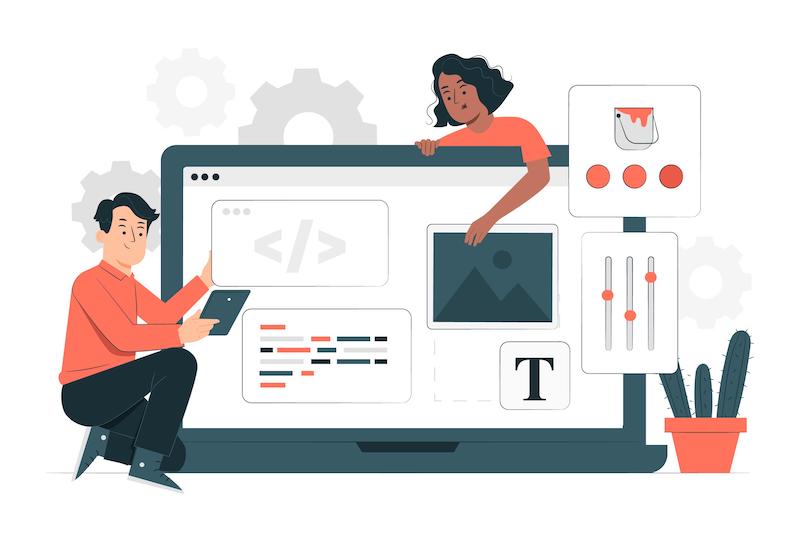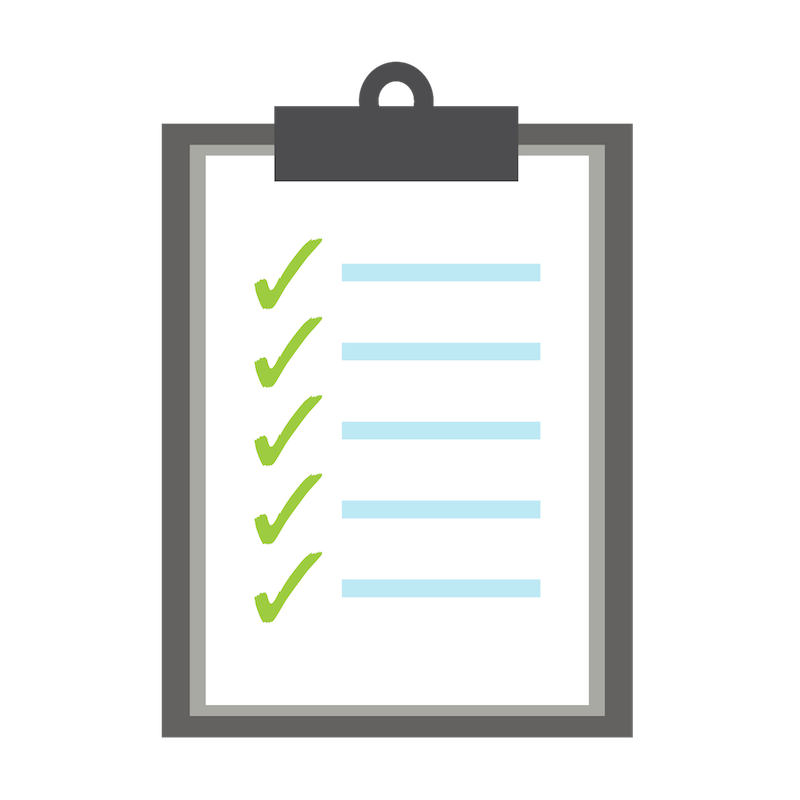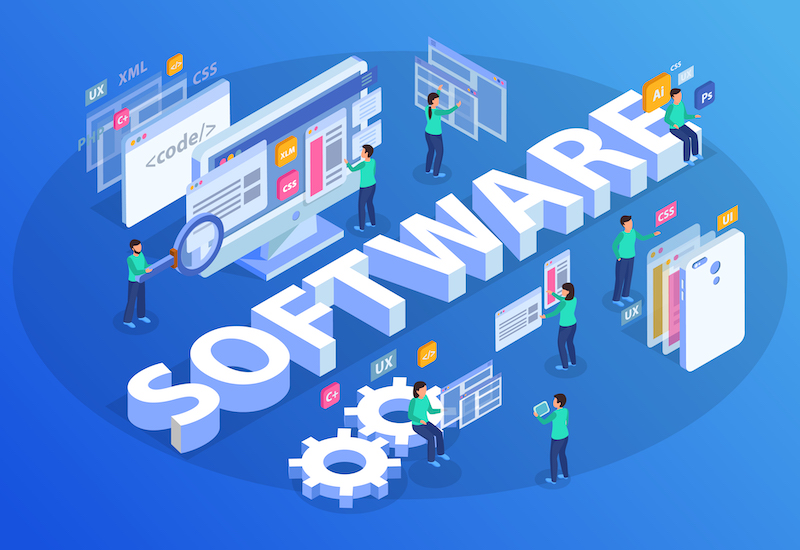What Do You offer As An IT Outsourcing Firm?
At the end of this article, IT professionals and freelancers should adequately understand the perks of working with an IT outsourcing company.
Creating the right software product for customers is harder than it seems. For a software product to succeed, it must address specific things that the targeted users resonate with. Given the competitive nature of the software business, launching a software solution now requires careful planning. This is where Software Requirements Specification (SRS) comes in. When clear and executable, these requirements aid development teams in the creation of great software products.

In simple terms, a software requirements specification (SRS) is a document that describes what the software will do and how it will be expected to perform. It also outlines and explains the functionality the product needs to have to satisfy all stakeholders' needs.
Noteworthy, software requirements specification is different from system requirements, although both are sometimes referred to as SRS. While software requirements specification is an in-depth description of the software that will be developed, system requirements are about collecting information on the requirements for a system.
Requirements gathering refers to the process of defining software requirements. This process typically involves the following activities:
This refers to the process of getting business requirements from various stakeholders to understand user needs.
This is the codifying of the information received in the form of feature specifications and user stories so that the development team can execute them.
This involves ensuring everyone is on the same page and has a mutual understanding of the prepared software requirements.
A step-by-step procedure for requirement gathering involves: identifying the relevant stakeholders, establishing project goals and objectives, eliciting requirements from stakeholders, documenting the requirements and prioritising the requirements.
As mentioned earlier, software requirements specification involves a lot of description. This is necessary to ensure that all stakeholders are on the same page regarding the product’s goals, scope and functionality. However, given the volume of information, it is easy for software requirements documents to become long, text-heavy and prone to misinterpretation.
As you imagine, such documents are difficult to use, time-consuming and can lead to avoidable design errors. Given how important and sensitive the software requirements documents are, it might be advisable to leverage IT partners like YouDigital that have talented engineers who help you create quality SRD. YouDigital can support smooth communication, deliverables management, teaming and project collaboration for dev teams to deliver exceptional pre-aligned software designs.
So here is how you can create the ideal SRD:

You have to describe the purpose of your software product. This sets the expectations for the product. In this section, you will describe the intended audience and how they will use the product. This section should also entail the following:
Here you will summarise how your software solution would work on a high level. This involves a general description of the product's features and how they relate to users' needs.
In addition, this section also entails a detailed description of your assumptions on the product’s functionality and any external factor the project depends on.
This section is probably the most important to the development team. Having given the overview, this is where you get specific with your product's requirements. Here you would have to describe the functional requirements in detail so that the developers can work on them. There are also non-functional requirements to be outlined in this section. Some requirements include:
This is the final step in creating an SRS. This involves sending out the SRS document to all the stakeholders involved in its development for revision and approval. This way, the stakeholders have a mutual understanding of the final requirements.
Stakeholders typically involved in this process include the development and design team, the business/company that commissioned it, sponsors, and the target audience members that reviewed its functions and features.

A primary key to creating a great SRD is ensuring that the document is organised. To do this, you will need to figure out an organisational strategy. Such a strategy would involve specifying where the documents are stored, how consistency is maintained, and how collaborators can update the documents.
One way of maintaining organisation is templates. Many organisations have in-house templates to maintain consistency across various projects. With templates, the requirements engineer(s) can just fill out pre-prepared sections.
The problem, however, is that incorrectly prepared templates can even cause more problems with organisation. As such, if you are going to depend on templates, ensure they are well designed to facilitate clear and organised software requirements documentation.
When a software requirements document has incomplete requirements, it causes many problems for the development team. Since the document does not provide all the information needed to execute the requirement, developers would have to make guesses and assumptions when implementing.
Needless to say, this can lead to costly design errors that may stem from wrong assumptions. To guard against this, all requirements within the document must be complete. This means that nothing required to implement any requirement must be left out.

Even when creating complete requirements, it is also necessary to pay attention to any vagueness that may lead to misinterpretation. A good software requirements document employs clear, precise and specific language.
You want to avoid any ambiguity that could lead to misinterpretation or multiple interpretations, as this could affect the software development. As such, ensure all unclear terms in the document are well defined so that the developers have a good grasp of the desired outcomes. One way of ensuring a precise SRS is to engage IT service providers like YouDigital that can provide experienced and skilled engineers to help create requirements that are easily understandable and executable.
It is a common industry standard that software requirements documents must be designed to be testable. This is necessary for a number of reasons. For instance, if the document cannot be tested, there would be no way to know If the requirements can be implemented properly. This would, of course, lead to problems down the lane.
As such, it is vital that all requirements can be validated through inspection, demonstration, walk-through, or testing.
It is crucial to pay attention to the tools used in writing requirements as this could significantly impact accuracy. Here are some of the standard tools to use when engaging in software requirements specification:
You can create your software requirements document in Microsoft Word. The best way to do this is to create a software requirements specification template that you can use as a starting point.
However, it is essential to note that writing SRS on Microsoft Word can lead to certain difficulties. There are versioning issues with requirements documents in Word. Furthermore, writing an SRS in Word can be challenging and frustrating.
This is a software program for SRS writing. It also comes with a requirements management tool that makes for a more efficient process. With Helix ALM, there is a single source of truth on your SRS, making it easier to review your requirements. This allows you to update the SRS without issues and speeds up the approval process.
In addition, Helix ALM allows you to link the requirements in your SRS to tests.
Jira is primarily a product management tool. However, it also includes requirements management. This tool is mainly suitable for Agile teams. Jira helps configure your requirements. In addition, it can facilitate tests and traceability during the process. Jira also allows for collaboration on SRS through sharing and commenting features.
Undoubtedly, software requirements specification is a crucial part of software development that should never be overlooked. For any great product, the planning should be treated as essential as the execution. As such, having great software requirements specification should always be a priority.
At the end of this article, IT professionals and freelancers should adequately understand the perks of working with an IT outsourcing company.
Remote working place engagement is vital. This article will clearly offer unique tools to keep employees engaged and get the best workplace motivation
Benefits of prioritizing a web development company to aid your business - particularly startups searching for tangible market shareholdings.
REQUEST PROFILE